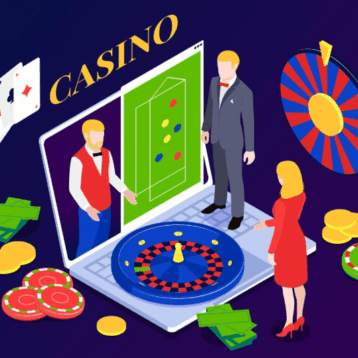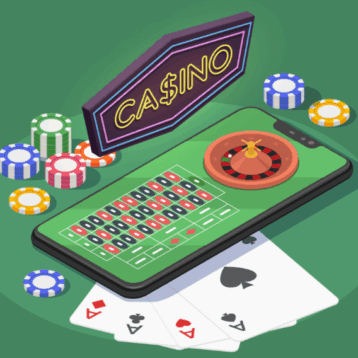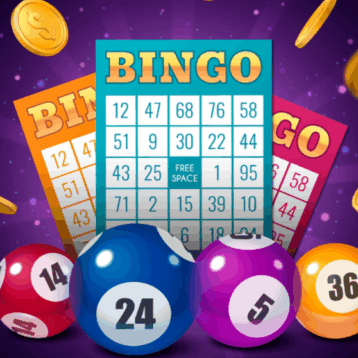
Everyone’s looking for a side income these days. Dropshipping, affiliate marketing, starting a blog – these are all fine options. However, they don’t offer what poker offers.
In today’s digital age, learning poker and honing your skills has become more accessible than ever. The path to generating a side income through poker is now paved with countless resources, online platforms, and innovative tools. Free information about how to play poker is everywhere.
This article explores how aspiring players can embark on their poker journey, from grasping the basics to building a bankroll. We’ll delve into strategies for improvement and highlight the importance of starting small. Whether you’re a complete novice or looking to refine your game, the world of poker offers exciting opportunities for those willing to put in the effort.
First Step: Pick Up the Basics
Mastering poker fundamentals is crucial for long-term success. Modern learning methods have revolutionized how newcomers approach the game. Online tutorials, interactive courses, and poker strategy books provide comprehensive insights into hand rankings, position play, and betting patterns. Many poker sites offer free-to-play options, allowing beginners to familiarize themselves with the interface and basic gameplay without risking real money.
One often overlooked aspect of learning poker is understanding variance. Grasping this concept early on can save players from emotional turmoil and poor decision-making. Variance refers to the natural ups and downs in poker results, even when playing optimally. Recognizing its impact helps maintain a level-headed approach during both winning and losing streaks.
Second Step: Practice What You’ve Learnt
Theory alone isn’t enough; practical application is the real key.
There’s only so much learning you can do before testing is required. Free poker apps and online freeroll tournaments offer risk-free environments to try strategies and gain experience. These platforms often feature play money tables where you can experiment with different styles without financial consequences.

Anyone wanting more learning options is spoiled for choice. Also, many poker training sites now incorporate AI-powered opponents, providing realistic gameplay scenarios. These advanced bots can simulate various player types, helping you adapt to different strategies you’ll encounter in real games.
Third Step: Build a Bankroll
Starting with a modest bankroll is a prudent approach for aspiring poker players. Freerolls and micro-stakes games offer excellent opportunities to build your initial funds. These low-risk environments allow you to focus on skill development rather than financial pressure.
Avoid over-extending yourself. This is a time for slowly building up funds, ideally through practicing in freerolls. The best poker rooms might have hourly free tournaments to enter, giving you lots of shots each day.
Bankroll management is a critical skill often underestimated by beginners. A general rule of thumb is to have at least 20 buy-ins for cash games or 100 buy-ins for tournaments at your chosen stake level. This buffer helps weather the inevitable swings in poker. If you feel a buy-in might be too much, it probably is.
Fourth Step: Specialize in a Game
A Swiss army knife does many things, but it’s not an ideal tool for any. It’s best to use specialized tools for those jobs. It’s also best to specialize in one poker game.
While versatility has its merits, specializing in a specific poker variant can accelerate your progress. Texas Holdem remains the most popular choice, but games like Omaha or Seven-Card Stud offer unique challenges and opportunities.

Consider these factors when choosing your specialty:
- Player Pool Size: Larger player pools often mean softer competition at lower stakes.
- Skill Cap: Some variants have higher skill ceilings, offering more room for improvement.
- Personal Enjoyment: You’re more likely to invest time and effort in a game you genuinely enjoy.
- Profitability: Research the potential returns for different games at various stake levels.
Focusing on one variant allows you to dive deep into its nuances, developing a keen understanding of optimal strategies and common player tendencies.
Remember, the journey to poker proficiency is ongoing. Even seasoned professionals continually refine their skills and adapt to evolving game dynamics. Embrace the learning process, stay disciplined with your bankroll, and always play within your means. Start with freerolls and micro-stakes games to build your confidence and experience. As your skills improve, you can gradually move up in stakes, potentially turning poker into a rewarding side income. The key is patience, persistence, and a commitment to continuous improvement.










